|
True story. For many years I hosted High School Seniors for a 6-week internship at the end of their senior year in my garden shop. During this time, I taught them a lot about horticulture and coordinated other opportunities for them to experience the world of gardening.
I was not naïve, the students who asked to do their senior internship were not necessarily interested in pursuing horticulture. In fact, many admitted they came to me because, “I heard you were nice”, it was local, and outside. Many other students opted for more corporate opportunities only to find they were relegated to filing and menial tasks. One of my favorite places to send the students for the day was to work with our local Garden Club. At the time, the club members were mainly senior women who had been gardening their whole life. They created gardens around our community. The students would return from a day of weeding, digging, planting, hauling, looking as if they were crossing the finish line of a marathon in last place. Their hair was meshed to their heads, sweat beading on their foreheads and they practically crawled to the desk to find their precious water bottles. “How did it go?” I would ask as they gulped the water down, not even turning in my direction to answer. I would wait for an answer and wait. Then I would say with a smile, “They beat your asses didn’t they?” Eventually, they would let the empty bottles fall to their laps and one by one answer, “Yeah! And they are all over eighty years old!” As it turns out, new research shows that gardening can enhance life satisfaction especially as we age. Ready to enhance your own satisfaction with life? If you aren’t already an avid gardener, maybe start with some simple, easy-to-grow plants this spring. I highly recommend creating a simple container filled with lettuce seeds. I also love planting snap peas, super easy, although they do need a trellis or something to grow up on. Looking for a pop of color? Pansies are plentiful this time of year and won’t die on you even if another dose of snow arrives or temperatures dip below freezing. As always, I encourage you to learn more from the many videos on The Nature Nurse™, PLLC youtube channel highlighting easy and inspiring ways to garden: Healthy Green Thumbs Playlist Create Your Own Cutting Garden Playlist So don’t be like Mick Jagger. Start gardening and get some satisfaction. Want to learn more about how connecting with nature can enhance your holistic health, and the health of our planet? Subscribe to our seasonal e-newsletter now on the homepage.
0 Comments
We live in such a one-and-done disposable culture that even living plants have become disposable items. But, did you know that with proper care blooming plants will not only bloom again, but they will also bloom even more profusely as they age? By now, many people who purchased amaryllis bulbs and plants for the holiday season may find the flowers at the end of their bloom cycle. Here are some easy tips to help nurture them until next year so you can enjoy their flower show again!
Caring for plants that have completed their bloom cycle is another way to connect with our natural world. With a little patience, orchids, amaryllis, African violets, and many other plants can become part of the family. Here are some examples of my amaryllis bulb collection, some of which I have had for many years. Do you have a blooming plant that you would like to share? Post a picture on social media and tag @TheNatureNurse so I can share it. Have questions or comments? Please post those in the comment section below. Want to learn more about how you can enhance your relationship with our natural surroundings to optimize your whole being and become a more sustainable citizen? Sign up our seasonal newsletter on the homepage: www.TheNatureNurse.com.
The Coronavirus Pandemic has made one thing very clear, the healthier we are; the more likely we can fight disease. A study estimated that nearly two-thirds of COVID-19 hospitalizations in the U.S. could be attributed to obesity, diabetes, hypertension, and heart failure. Each of these non-communicable diseases contributes to inflammation in the body, which added fuel to the Coronavirus fire. They can be prevented, or potentially reversed for most of us, with a healthy lifestyle.
Eating clean fruits, and vegetables, is an essential part of any healthy diet. The best way to ensure that we have access to pesticide-free, organic produce is to grow it ourselves. I don't have room. I don't know how. I don't have time. These are all legitimate concerns for many of us today. Let's take a look at how we can at least grow some of our own food.
1. Grow Microgreens
Micorgreens are nutrient-dense powerhouse plants. They grow quickly, in a small amount of space, indoors or outdoors. They are tasty, and easy to use on salads, sandwiches or in smoothies. Take a look at this system I trialed. What I like most about this option is that it was easy and didn't make a mess. Maybe it will work for you.
2. Aquaponic Growing
Growing plants in water is a quickly growing trend. These systems are being used on city rooftops, college campuses and homes. Take a look at what is entailed in aquaponic growing. Video What I like most about this option, it offers healthy greens all the time. You can even get an aquaponic garden that also serves as a fishtank!
3. Grow in Hanging Baskets, Containers, or a Small Raised Bed.
If you have access to sun and water, you can grow some food, even if it is just herbs. Check out all the resources on the Healthy Green Thumbs™ page. You'll find a year- long series of newsletters, videos, tips and resources to help you grow plants, including many produce options, so you can enhance your health and well-being. The shopping page on The Nature Nurse™, PLLC website includes some items that may help you as well. SHOP NOW Change occurs one bite at a time. Spring is a time of renewal, so why not try something new and grow some of your own food? Your body will thank you. Many of us in the United States are looking out the window and seeing ice and snow, but spring is around the corner. There is no better way to indulge in the fresh new energy spring provides than by creating a garden. Winter is the perfect time to plan a garden. Even if you grew up in the city and may have never even touched dirt, yes, I've coached some people in this category; you too can cultivate a green thumb.
Some of the biggest fears novice, want to be gardeners have expressed to me is that they don't have a clue where to begin, and they are afraid they are going to kill the plants. Taking on a new challenge often feels daunting, and anxiety provoking, for all of us. However, if we arm ourselves with the proper information and support, we can take one step at a time, to achieve our goals. The Healthy Green Thumbs™ campaign, created by The Nature Nurse™, and The Nurse Farmer™, offers tutorials, guidance, and resources to help even the brownest thumbs grow plants successfully. Learn where to start with our first newsletter: Link. Keep growing, season-by-season, with the other newsletters. Link. Millions of American's enjoy gardening. Each one of us gardeners, will admit, no matter how much experience we have, some plants die. Some seeds don't sprout. It's a lot like life. At the same time, some seeds grow into magnificent flowers or delicious vegetables and the joy of this is unexplainable, and worth the effort. So don't miss out. Get started today planning and dreaming about what you might grow this year. Don't be surprised if you get whisked away by all the options. Nature has a way of seducing you into a wonderful relationship. |
Ready to sleep better, feel lighter, and feel more joy?
Download my latest ebook now: Archives
May 2024
Categories
All
Follow me:
|
|
© COPYRIGHT 2015-2023. ALL RIGHTS RESERVED.
|
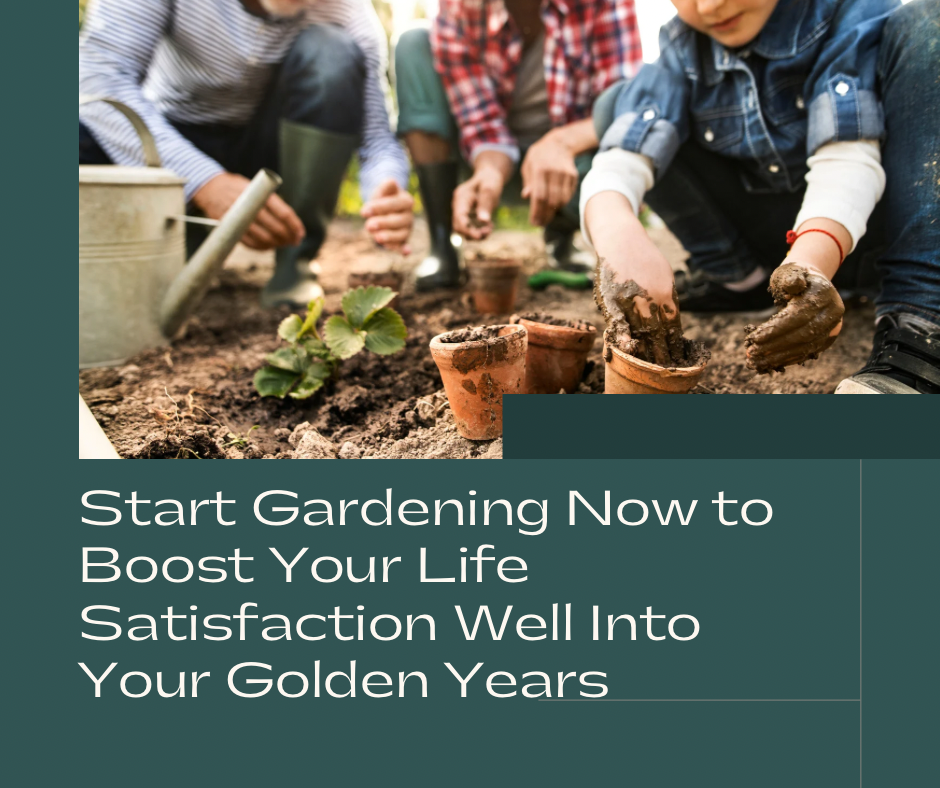
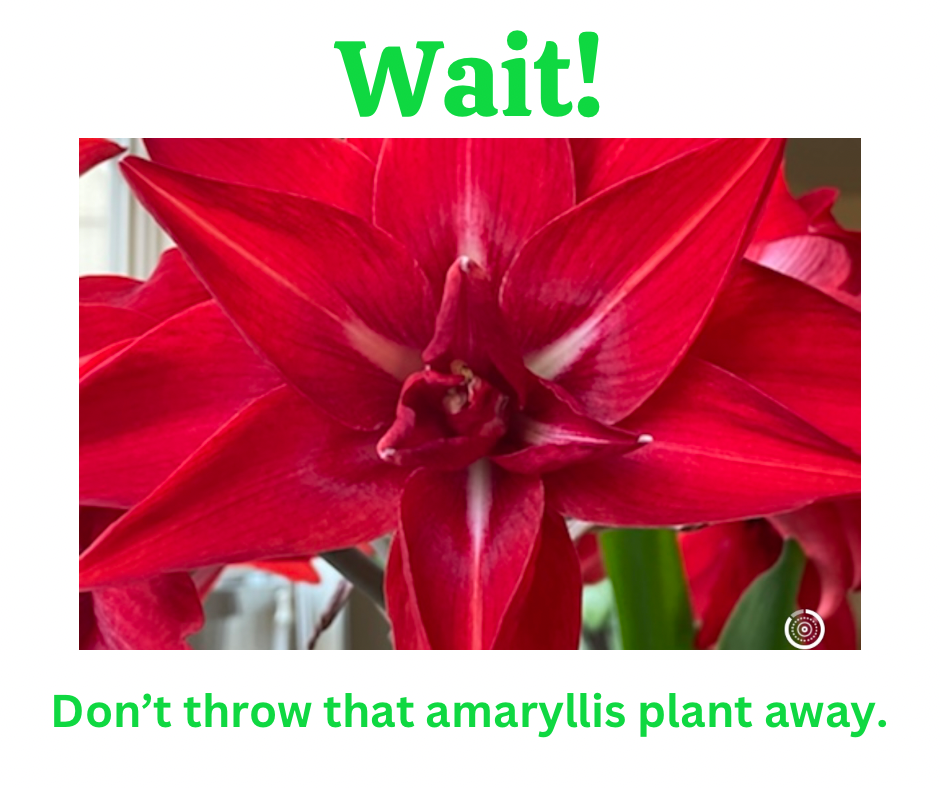
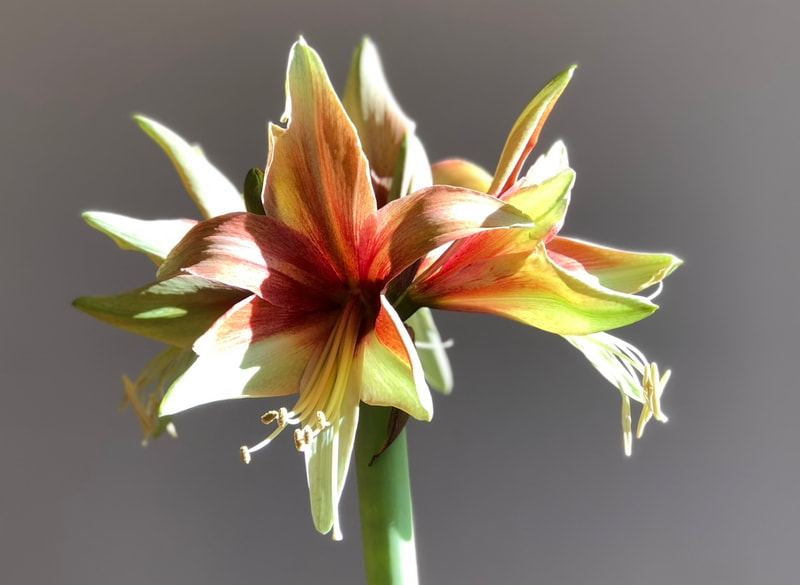
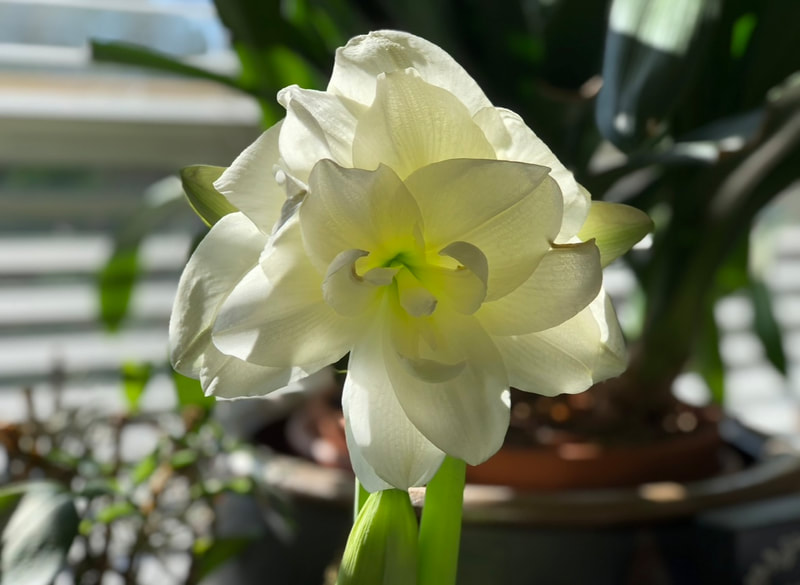
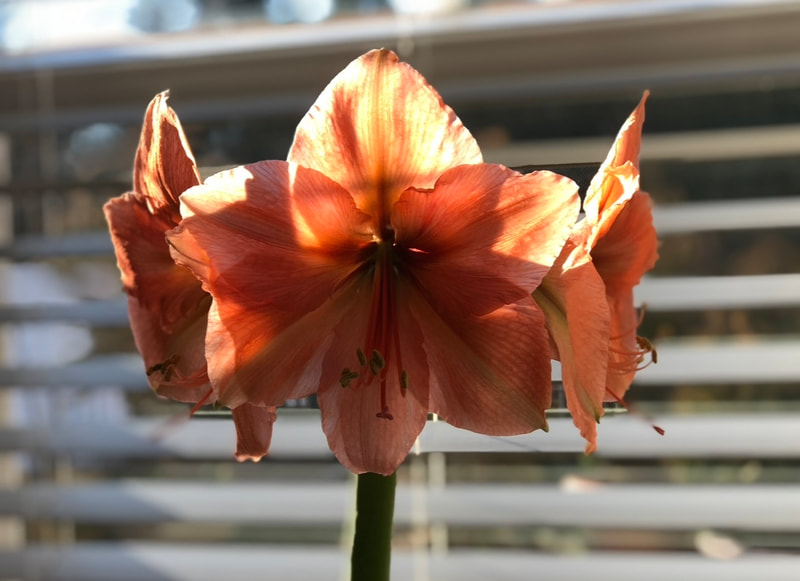
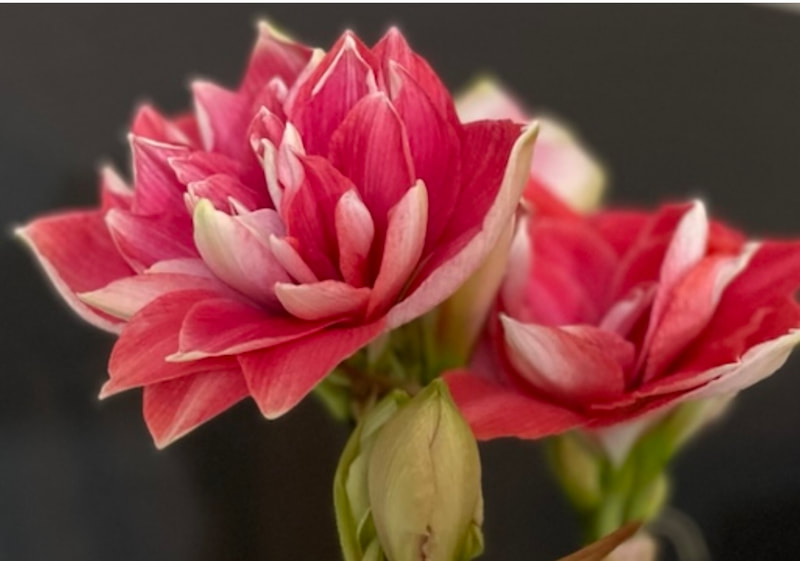
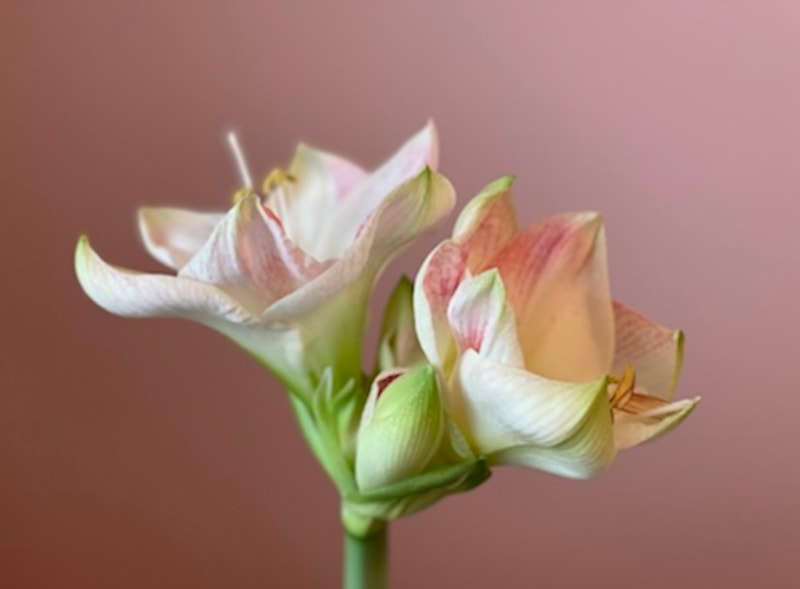
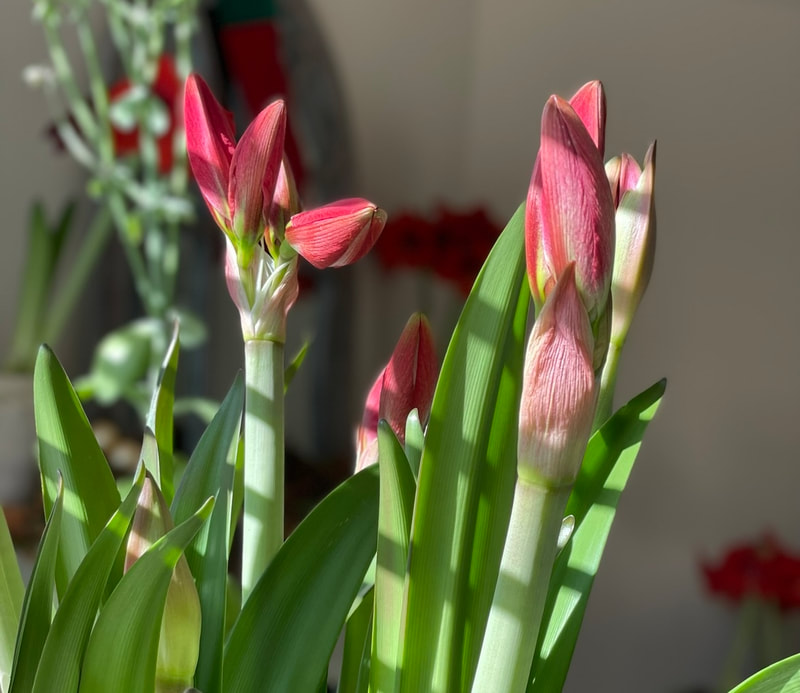


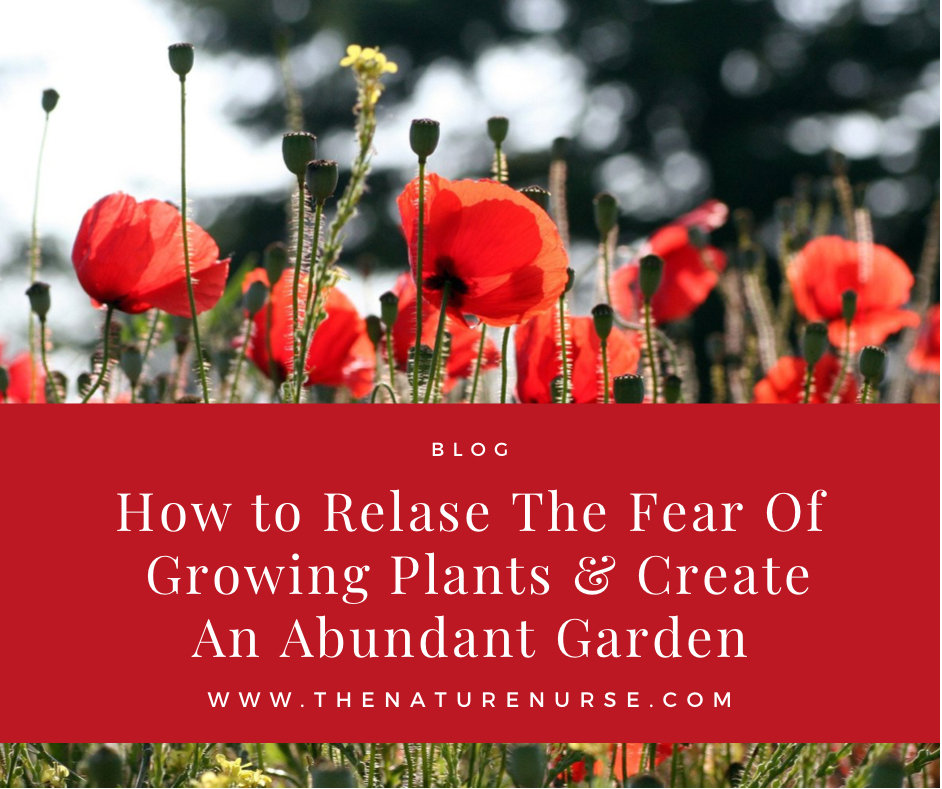

 RSS Feed
RSS Feed